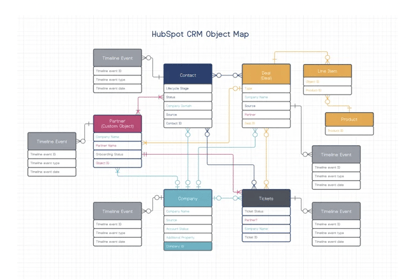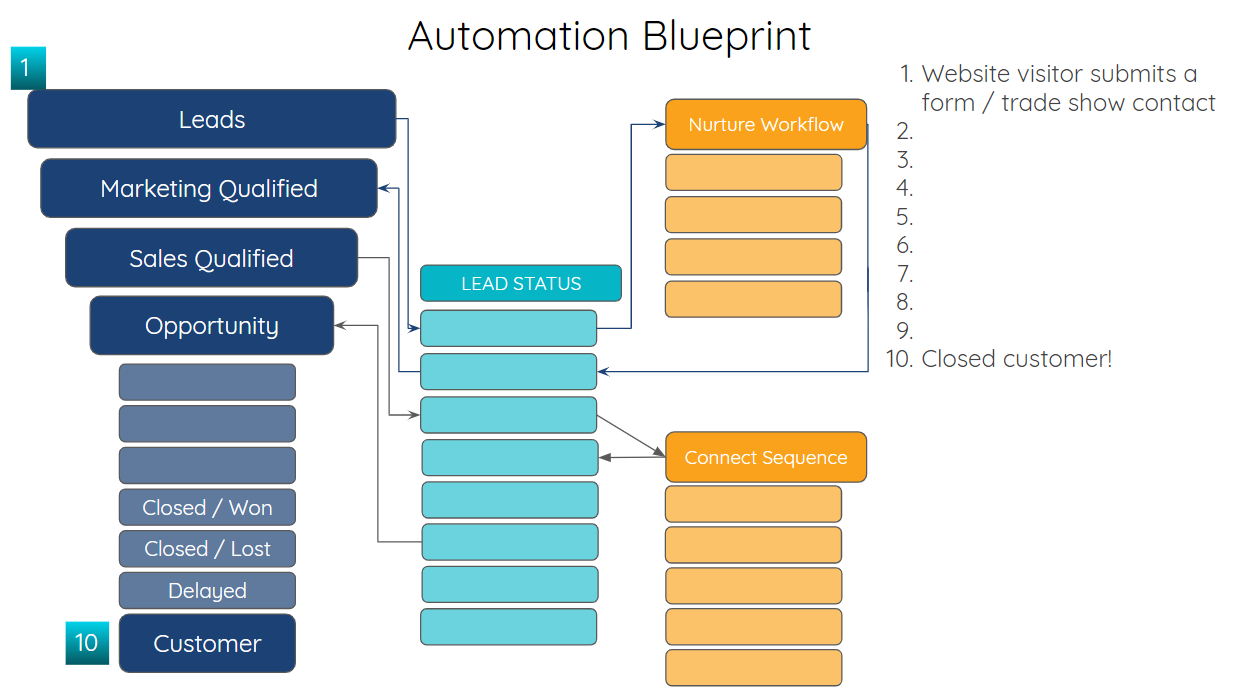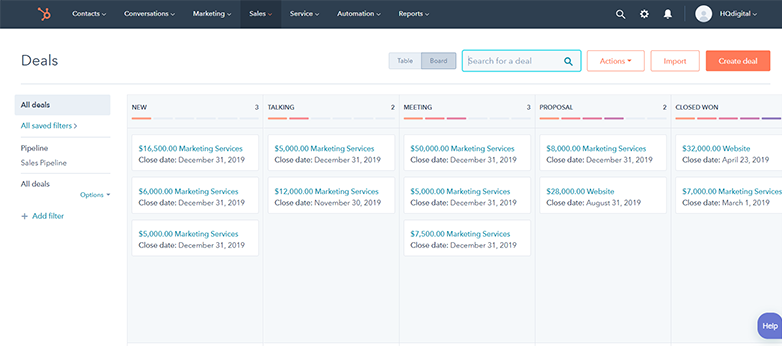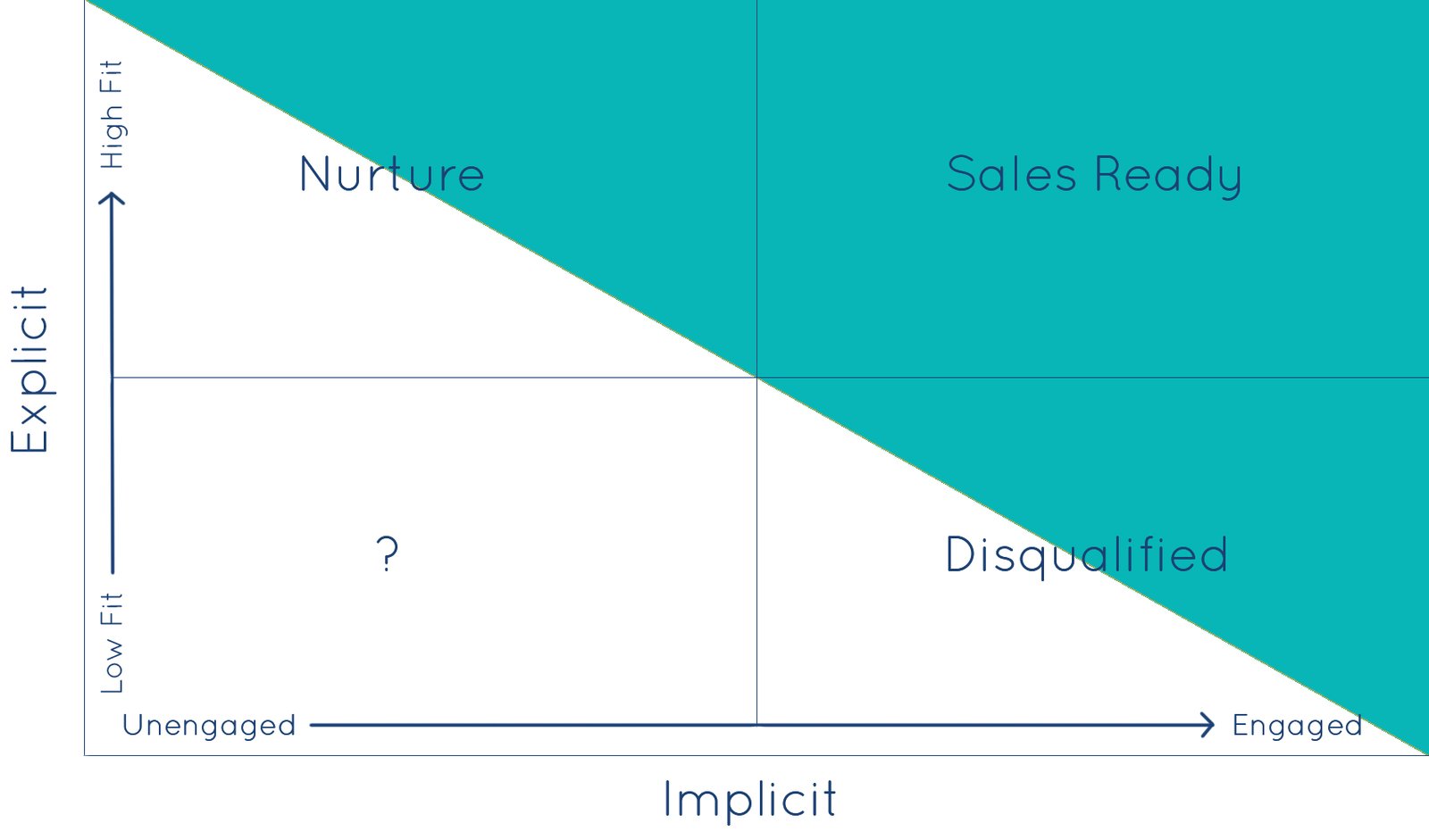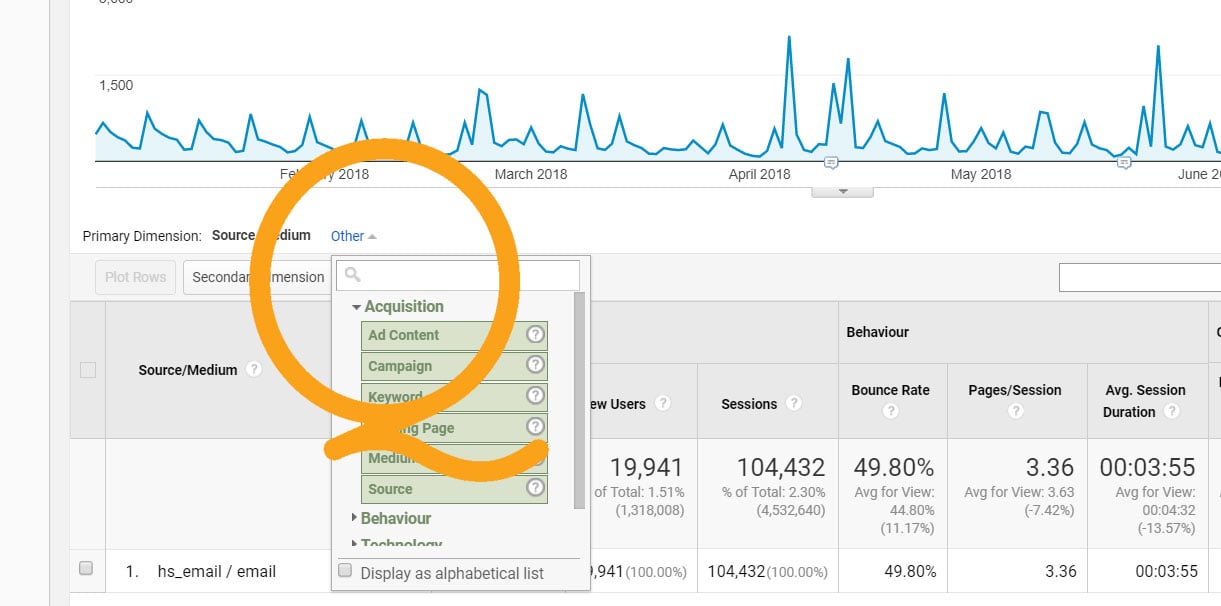
Breaking down silos across critical business functions is a struggle for many organizations. The most successful and scalable teams today have a key factor in common: they function as a cohesive revenue team that competently and elegantly handles revenue operations, better known as RevOps.
RevOps is the strategic alignment of sales, marketing, and customer success operations across the full customer lifecycle to drive growth. RevOps maximizes revenue and growth through operational efficiencies and alignment of all teams, systems, and processes with an extraordinary focus on revenue and your customers.
What is RevOps?
Revenue operations, also known as RevOps, is the intentional and strategic fusion of your sales, marketing, and customer success functions in order to keenly focus on revenue. RevOps means combining goals, teams, KPIs, data, and processes into one cohesive and fully aligned system. Together, these functions work deliberately to understand and optimize the revenue cycle for your business.
RevOps is a data-driven discipline. In a RevOps model, critical business insights are gathered and shared in real-time, allowing teams to optimize continuously and pivot when necessary. Coordinated RevOps teams stay focused around a single, highly visible set of KPIs, providing these organizations with several advantages, including the ability to quickly identify and eliminate obstacles across departments and to optimize processes and teams, creating predictable, scalable growth.
Why RevOps?
Businesses using a RevOps model enjoy several key advantages, including:
- Faster sales cycle
- More revenue
- Better alignment
- Streamlined technology
- Unprecedented transparency
- Better understanding of your customers
- Better processes
Let’s dive into a few of these key benefits.
Advantages of RevOps
The advantages of RevOps are many. Let’s dive into a few of my favorite key benefits.
Better Alignment
 This is one of the most immediately obvious advantages of shifting to a RevOps model, or even shifting your team’s mindset about how to approach marketing, sales, and customer success. All of these business functions exist for one reason - to drive revenue. As soon as you combine these functions and mentally undertake this critical paradigm shift.
This is one of the most immediately obvious advantages of shifting to a RevOps model, or even shifting your team’s mindset about how to approach marketing, sales, and customer success. All of these business functions exist for one reason - to drive revenue. As soon as you combine these functions and mentally undertake this critical paradigm shift.
When decision making is centered around the same revenue-focused framework, your RevOps team has shared desired outcomes and goals, and everyone in your organization is focused on your customer. With goals fully aligned, teams are more willing and more able to collaborate to solve challenges, overcome obstacles, and generate revenue.
Pro Tip: Jumpstart alignment in your organization with a Service-Level Agreement (SLA). An SLA is a formal agreement between one or more business functions - your marketing, sales, and/or customer success teams, in this case - that outlines shared goals, expectations, and responsibilities. Download your free SLA template now.
Streamlined Technology
A streamlined tech stack is a fabulous and impactful benefit of a RevOps model. Building a RevOps tech stack is an important component to success. An all-in-one RevOps tool like HubSpot is the ideal base solution, and some teams supplement HubSpot with additional technologies based on their needs, ideally and usually integrated with HubSpot.
RevOps relies very heavily on reporting and analytics, so it’s important that you have a reliable, single source of truth for your data. HubSpot serves as a perfect single source of truth system for RevOps teams. Every marketing, sales, and customer touchpoint should be documented and measured with HubSpot, and it’s critical that you tie all of this data together with closed customers and revenue in order to get a full and clear picture of your revenue cycle.
Faster Sales Cycle
When your data is reliable and in a shared and fully functional system, transparency is immediate, and it becomes infinitely easier for team leaders to identify sources of friction in the revenue cycle and remove such impediments. Say goodbye to mixed messages, overlapping emails to your leads, fragmented data, and blindspots in your customer journey. RevOps creates an immediate and ongoing set of feedback loops between marketing, sales, customer success, and product teams, allowing for continuous improvement, which produces a faster sales cycle quickly.
Using HubSpot for RevOps
HubSpot is the perfect solution for teams interested in transforming their organizations with RevOps. Here are some reasons why:
- All-in-one solution with features and functionality for sales, marketing, and customer success teams
- Sophisticated and in-depth reporting capabilities at the contact, account, or deal level
- Easy-to-use and streamlined CRM to easily track revenue cycle
- Built-in tools to drive customer engagement such as email, landing pages, chatbots, forms, surveys, and more
Step 1: Clean and Map Your Data
The first step to successfully using HubSpot for RevOps is cleaning up, mapping, and importing your sales, marketing, and customer data into HubSpot. As the saying goes, if you put garbage in, you can expect garbage out. So it’s important to start with clean and reliable data. Start with a data audit, and assign data cleansing responsibilities to contact owners on your team.
Pro Tip: The data cleansing stage may feel daunting! Historically siloed teams likely have siloed data, and it can feel overwhelming to take on the task of sorting everything out. A HubSpot expert can help!
Step 2: Map Your Customer Journey
We often recommend doing customer journey mapping at the same time that you’re cleaning up your data, in order to keep your RevOps readiness moving along efficiently.
You’ll need to create a map of your customer journey and revenue cycle, from beginning to end, including lead sources, marketing and sales touchpoints, and handoff points. Mapping key customer transitions and touches ahead of time ensures that you’ll be able to properly segment, report, and automate using HubSpot based on predictable, repeatable steps.
Each time a lead or customer reads a piece of content, visits your website, opens an email, makes a purchase, or contacts customer support, HubSpot will automatically update all of your associated records in your CRM. This means that your data and reporting is getting filled in continuously with relevant, useful information for segmentation and automation.
Pro Tip: We utilize a HubSpot Automation Blueprint to map our customer journeys. You can download the template free here.
Step 3: Import RevOps Data into HubSpot
Once you’ve organized and cleaned your data, your records are ready to import into HubSpot. When you import your records, you’ll also set up associations between object types, like companies, contacts, deals, and tickets, so it’s important that you’ve structured your data to enable the required relationships between the four primary HubSpot object types, plus any custom objects your RevOps team might want to report on.
As you get started, it’s a normal and healthy part of the process that you’ll identify gaps, which will often require strategic tweaks and updates to your source mapping, integrations, and reporting. This work will likely wind down after an initial period of optimization and tweaking to get things just right.
Step 4: Build Out Your Sales, Marketing, and Customer Success Processes in HubSpot
Using your customer journey map from Step 2 as your guide, it’s now time to build out the sales, marketing, and customer success processes that drive revenue. The more day-to-day business operations you track in HubSpot, the more accurate and complete your RevOps data and reporting will be.
Here are some examples of important processes to build out in HubSpot:
Marketing Processes for HubSpot RevOps
- Lead Source
Your customer journey map and HubSpot RevOps processes should include all of the potential lead sources for marketing and sales leads. There are many ways to organize your lead sources. Depending on the complexity and size of your marketing operation, you may want to use 2-3 layers of detail when describing your lead sources. For example, you'd want to capture and report on "Trade Show" as a lead source, and also break this lead source down into individual events.
- Lead Scoring
Lead scoring means assigning a numerical value to certain pieces of data attached to a contact, company, or deal record in order to qualify and segment your leads. A high lead score translates to a high probability of becoming a customer. Read more about lead scoring in HubSpot. - Lead Nurturing
Automate email campaigns to nurture leads into qualified opportunities. Use nurturing campaigns to keep your brand top-of-mind and to highlight key ways your solution solves the user's pain point or problem. When their pain point becomes acute, you'll be their first choice to reach out.
Sales Processes for HubSpot RevOps
- Handoffs
Handoffs and other transition points are the perfect opportunities for HubSpot automation. Use an SLA to ensure your marketing, sales, and customer success teams agree on handoff points, and use HubSpot to automate. Be careful not to leave any leads unaccounted for!
- Deal Stages
Build out your deal stages or “lanes” in your HubSpot CRM to mirror your sales process. There are a few different ways teams like to organize their deal stages. Some sales teams like to have everything automated to minimize administrative work for the BDRs and AEs, while others like to have sales team members physically move opportunities across the process as a psychological tool to motivate team members. - Sequences and Snippets
Use HubSpot to automate follow-up emails for different segments of contacts, such as trade show leads, free trial signups, or website leads.
Customer Success Processes for HubSpot RevOps
- Onboarding
Bringing on a new customer often requires the coordination of many moving parts. Build your onboarding process in HubSpot to include reminders, and easy-to-follow task lists, completely customized to fit your onboarding experience. - Renewals and Upsells
Your RevOps team can easily combine your purchase data and user activity to identify renewal and upsell opportunities in real-time. Build an intelligence panel for your team to fully understand your customer profile and identify triggers indicative that the customer is a good fit for an upsell or renewal. - Support Tickets
Use HubSpot to manage their entire customer success process, including customer support. Build a support ticket board to assign and address incoming support inquiries promptly or even automatically. For organizations that use a separate customer support system, you'll want to make sure that this system is fully integrated with HubSpot, your single source of truth for RevOps. - Customer Feedback and Surveys
Implement a feedback loop using NPS and other feedback surveys, templated and ready-to-go in HubSpot. Customize survey questions to fit your organization and your customers. Use this invaluable feedback to prioritize improvement in areas where customer pain points are most acute.
Step 5: Train Your Team
If you’ve completed the steps above, you now have clean data imported into HubSpot and associated correctly between object types. You also have a customer journey map and an SLA that define all of the key elements of your revenue generation processes.
Now it’s time to train your team on how to use your HubSpot system. We typically recommend at least one larger group training with all RevOps departments, plus smaller group trainings for sales, marketing, and customer success teams.
Record and document your trainings to streamline this process as your team grows and shifts over time. Meet with your team regularly and often to get feedback on what’s working and what’s not. Stay agile when it comes to your processes and optimize as you go.
Learn More About RevOps and HubSpot
RevOps is an exciting and emerging discipline that gives growth-minded companies a huge opportunity to carve out a huge competitive edge. Working with a talented and experienced HubSpot consultant or coach is very valuable as you explore and implement RevOps in the platform.

